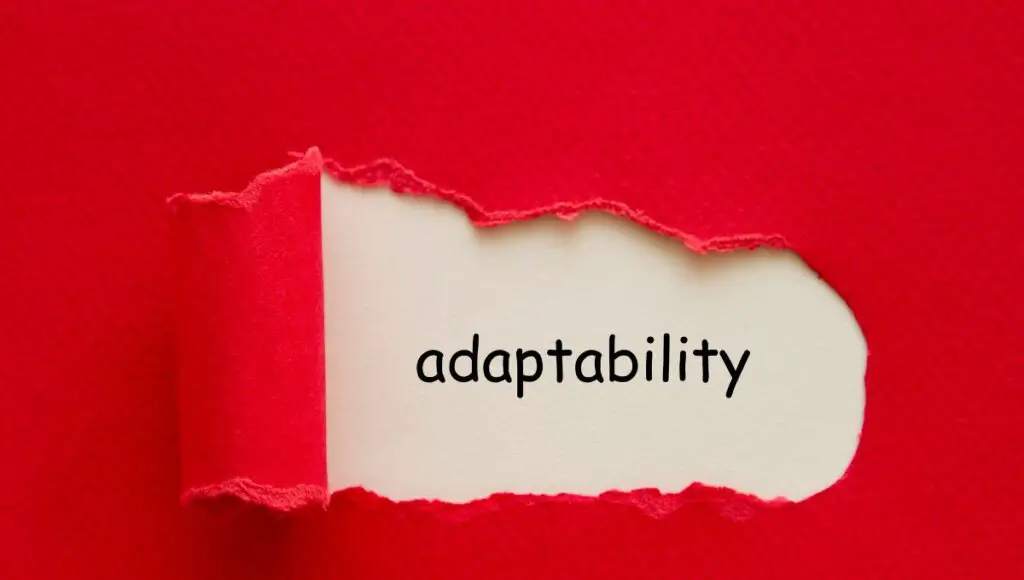How to develop your AI model? Ever wondered how to ensure your model performs well? What sets an average model apart from a great one? Starting with the right approach is key to building a successful AI model.
Creating an AI model requires understanding your data, selecting the right algorithms, and optimizing for real-world use. A clear plan and structured approach ensure a high-performing solution tailored to your needs.
This guide offers essential insights into building effective AI models and shares best practices to streamline the process. Whether you’re a beginner or looking to advance, these strategies will help you make a strong impact in AI by 2025.
Table of Contents
What steps are crucial for building AI models?
Building AI models requires data preparation, choosing the right algorithm, and optimizing performance. Clear problem understanding and proper testing ensure effective real-world use.
1. Understanding the Problem and Data
Defining the problem clearly and collecting high-quality data are the foundations of a great AI model. This means knowing what you want to solve, cleaning your data, and ensuring it accurately represents the scenario where your model will be used.
2. Selecting and Training the Right Algorithm
Choosing the right algorithm depends on your problem type, like classification or regression. Training the model requires tweaking parameters and evaluating performance metrics to ensure you get optimal results.
3. Testing and Deployment
Always test your model on unseen data to ensure reliability. Once satisfied, deploy it carefully, monitoring it in real-world scenarios for improvements and feedback. This step guarantees adaptability and robustness over time.
How do I select the perfect algorithm easily?

Selecting the perfect algorithm requires understanding your problem type, data properties, and desired outcomes. By simplifying the process into manageable steps, you can focus on key aspects, ensuring the algorithm fits your needs and performs effectively.
1. Identify the Problem Type
- Define whether it’s a classification or regression task.
- Determine if it involves images, text, or numbers.
- Understand if it’s supervised or unsupervised learning.
- Consider real-world constraints like speed and accuracy.
- Match algorithm suitability to the task complexity.
2. Analyze Your Dataset
- Check if data size suits algorithm computation.
- Identify patterns, outliers, and missing values early.
- Consider the dimensionality and scaling of your dataset.
- Ensure data represents the problem domain accurately.
- Verify features contribute to target prediction effectively.
3. Compare Algorithm Performance
- Evaluate metrics like accuracy or precision for results.
- Compare resource demands like memory and processing power.
- Check algorithm flexibility for parameter tuning options.
- Test multiple algorithms with cross-validation methods.
- Choose a balance between simplicity and predictive accuracy.
Why is data understanding key to AI success?
Understanding data is key to AI project success, as input quality and structure directly affect model performance. Knowing the dataset ensures accurate predictions, fewer errors, and reliable systems for real-world use.
1. Ensuring Data Quality
High-quality data is the foundation of any AI model. Understanding your data helps identify and fix issues like missing information, inconsistencies, or irrelevant features, ultimately leading to better model performance and reduced bias in predictions.
2. Extracting Valuable Insights
By analyzing the dataset comprehensively, you can uncover meaningful patterns, correlations, and trends. These insights allow you to design models that closely align with the problem you’re solving, enhancing both accuracy and efficiency.
3. Avoiding Model Failures
A clear understanding of data prevents the creation of models based on inappropriate or insufficient information. This reduces the risk of errors or underperforming algorithms, ensuring your AI meets desired objectives in the real world.
What makes an AI model high-performing and adaptable?

A high-performing AI model relies on structured data, adaptability, and continuous improvement to handle diverse tasks and deliver reliable, consistent results in evolving scenarios.
Step 1: Prioritize High-Quality Training Data
Begin by sourcing and refining diverse, relevant datasets. Clean the data to resolve inconsistencies and remove redundancies. Ensure balanced representation to prevent bias in model predictions. Remember, good data is the backbone of a robust and reliable AI system.
Step 2: Implement Regular Model Updates
Keep the model updated with fresh data to maintain accuracy. Fine-tune its parameters based on evolving requirements or new information. Monitor performance to identify areas needing improvement. Regular updates ensure the model stays relevant and effective.
Step 3: Test Extensively Across Scenarios
Conduct tests using a variety of environments and inputs. Evaluate how the model performs under both expected and unexpected conditions. Identify weaknesses, then refine the model to make it more resilient. This step ensures adaptability to changing real-world situations.
Step 4: Integrate Feedback Loops
Create continuous feedback loops from users or system performance and use them to improve the model iteratively. Encourage open communication to identify blind spots. Integrating feedback enhances adaptability and ensures ongoing improvement.
How can I optimize my AI for real-world use?
Optimizing AI for real-world use means ensuring it is practical, reliable, and adaptable. By focusing on realistic testing, user-friendly improvements, and efficient implementation, AI can meet diverse demands and perform effectively in real-life situations.
1. Realistic Testing
- Validate AI under real-world conditions and loads.
- Use diverse datasets representing real-life edge cases.
- Test responses in unforeseen and unpredictable scenarios.
- Simulate dynamic environments for better testing accuracy.
- Ensure stable performance for consistent real-world usage.
2. User-Centric Enhancements
- Gather user feedback to improve AI behavior.
- Adapt designs to meet specific user requirements.
- Prioritize ease of use for non-technical professionals.
- Address accessibility needs to reach diverse audiences.
- Offer clear documentation for seamless user onboarding.
3. Resource-Efficient Implementation
- Optimize AI models to reduce computational demands.
- Implement lightweight processes for system compatibility.
- Prioritize speed while preserving performance accuracy.
- Scale efficiently without overburdening system resources.
- Monitor resource usage to ensure sustainable deployment.
What strategies ensure a strong AI impact by 2025?
To maximize AI’s impact by 2025, organizations must prioritize innovation, collaboration, and ethics. Plans should focus on scalability, inclusivity, and efficiency, making AI solutions accessible and valuable across industries to drive growth and positive change.
1. Encourage Cross-Industry Collaboration
Partnering with diverse industries accelerates learning and innovation. Sharing resources and expertise helps develop AI strategies that effectively address varied challenges. Collaborative efforts unite different perspectives, creating more comprehensive and robust solutions.
2. Focus on Ethical AI Development
Ethical practices ensure AI is fair, unbiased, and transparent. Establishing guidelines helps minimize potential misuse and fosters trust. By prioritizing ethical AI, companies can create technology that reflects shared values and benefits all communities.
3. Promote Accessible AI Solutions
Making AI tools user-friendly and inclusive broadens their adoption. Simplified interfaces, multilingual support, and accessibility features cater to a wider audience. This approach ensures that AI positively impacts both technical and non-technical users globally.
Conclusion: How to develop your AI model?
How to develop your AI model? Developing your AI model is a dynamic process that thrives on collaboration, ethical practices, and accessibility. By working across industries, ensuring fairness, and making tools inclusive, you can create AI technologies that drive meaningful impact. The key is to stay innovative while rooted in shared values that benefit everyone. Remember, building AI isn’t just about technology—it’s about shaping a better, more connected future. Let’s create AI that truly works for all!
FAQ
Q.01. Can I build my own AI model?
Yes, you can develop your own AI model by following the steps outlined in this document. Simply prioritize high-quality data, implement regular updates, conduct extensive testing, and integrate feedback loops to continuously improve your AI’s performance.
Q.02. What are the steps in creating an AI model?
The steps to create an AI model include sourcing and refining high-quality data, implementing regular updates, conducting extensive testing across scenarios, and integrating feedback loops for continuous improvement.
Q.03. How to create your own AI model for free?
There are several free AI development platforms and tools available, such as TensorFlow, Keras, and Scikit-learn. Additionally, there are online tutorials, courses, and resources that can guide you through the process of creating your own AI model at no cost.
Q.04. How do I start developing AI?
To start developing AI, learn basic programming like Python and statistics. Pick an AI platform that suits your needs, gather quality data, and follow the steps in this document to build and improve your AI model.
Q.05. How to create AI like ChatGPT?
To create AI like ChatGPT, use natural language processing (NLP) and deep learning. Train the model on a large dataset of conversations and fine-tune it with feedback to improve responses.

